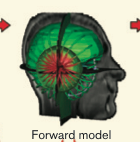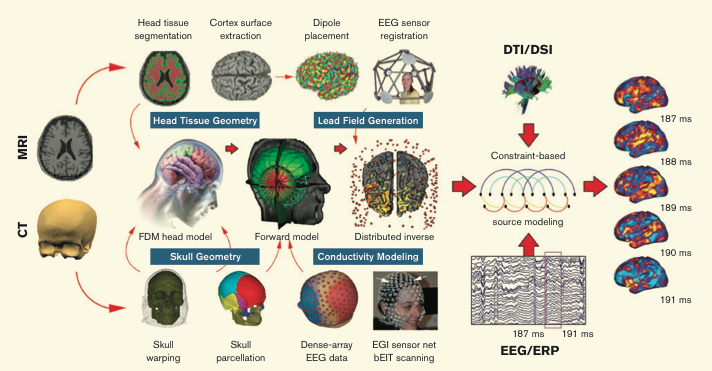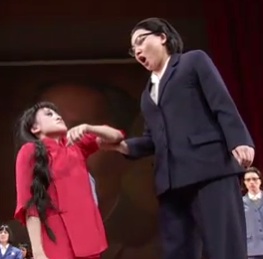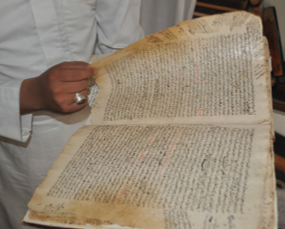
Eugene and clouds—they go together like Ducks and touchdowns. It is perhaps fitting, then, that computer and information science professor Allen Malony is leading a team that will install a UO cloud computing system in late spring 2012.
The project will be funded by a $1.97 million National Science Foundation grant awarded under the American Recovery and Reinvestment Act of 2009.
Cloud computing—shared resources and software stored on central servers that users access via the Internet—is designed to improve users’ productivity while providing all their computing needs. The UO cloud, called ACISS (Applied Computational Instrument for Scientific Synthesis), will enable scientists to access via a web browser the computational and storage resources needed for their work.
This means that 1) they will have access to hundreds of terabytes of storage space, advanced data-crunching tools and high-powered computational resources that don’t need to be installed on their own computers or a local server, and 2) they can seamlessly share data and project responsibilities with colleagues around the world (who can also access the cloud via a simple click of the browser button).
The ACISS system will create “a private science cloud offering the most powerful computing resources yet at the UO in support of research discoveries in biology, physics, chemistry, human brain science and computer science,” said Malony.
A research team at the Neuroinformatics Center is modeling electromagnetic activity of the human head, to allow the mapping of scalp EEG data to its sources within the cortex. Because this project is computationally intensive, it will be greatly facilitated by cloud computing resources.
The cloud will benefit a number of projects, including the research taking place in the Neuroinformatics Center (NIC) where Malony is director. Together with Don Tucker, UO psychology professor and CEO of Electrical Geodesics, Inc., the NIC research team is working to build next-generation tools to more accurately measure, analyze and understand human brain dynamics.
The project involves modeling the electromagnetic activity of the human head to map scalp EEG data to its sources within the cortex. “The research problem is fundamentally challenging because observing brain activity noninvasively at high resolution requires high-performance computing coupled with deep domain knowledge of brain structure and function in order to get it right,” says Malony.
The goal is to improve on and complement other brain-imaging technologies, in particular fMRI-based technologies that provide good three- dimensional resolution, but are not able to produce images in such rapid succession. The faster the imaging, the more likely it is that researchers will be able to pinpoint the precise source of neuronal activity. One potential application of the NIC work is locating brain networks that contribute to epileptic seizures, for purposes of presurgical planning.
The ACISS science cloud is intended to address not only Malony’s neuroinformatics work, which requires running computationally intensive codes numerous times, but also the variety of computing and storage needs of UO scientific research.
“ACISS is an important investment toward a new model of research computing at the university,” he said.
—Eric Tucker





 Watch
Watch  Watch excerpts from the opera, coming soon to Eugene.
Watch excerpts from the opera, coming soon to Eugene. 

 Three’s a charm for a living memorial.
Three’s a charm for a living memorial.